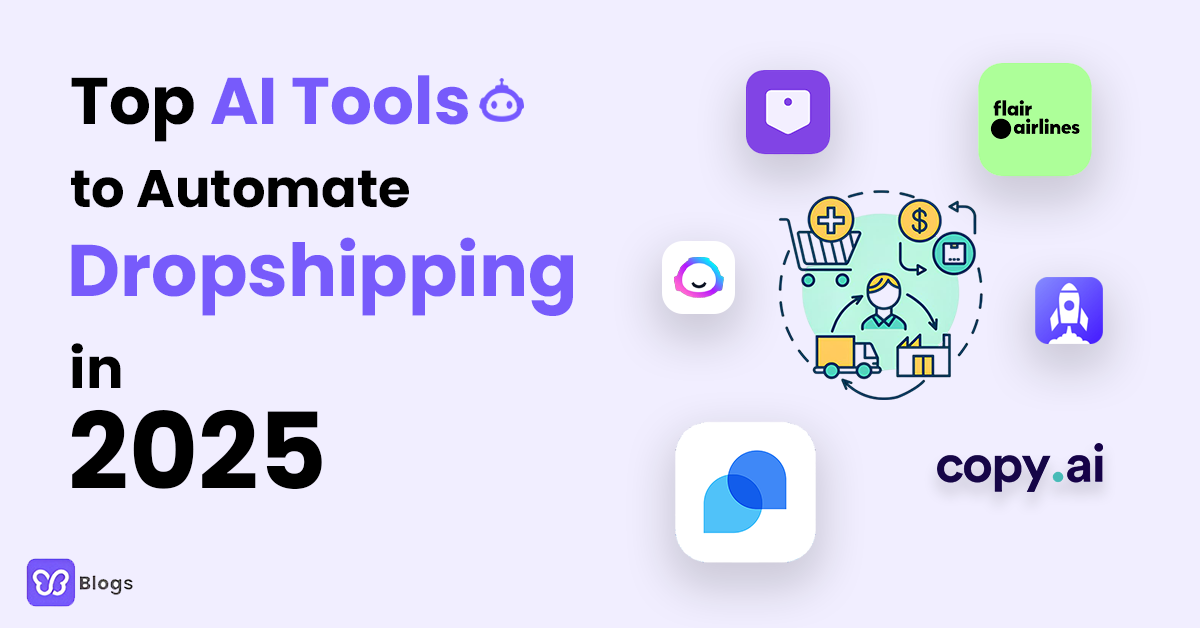- Targeted Audience Segmentation: Use demographic, psychographic, and behavioral data to target the most likely audience.
- Compelling Content Creation: Create content that resonates with the target audience, including visually appealing images, informative videos, or engaging copy.
- A/B Testing: Experiment with different ad creatives, messaging, and targeting options to identify what works best for the audience.
- Call-to-Action Optimization: Use clear and compelling CTAs that encourage users to take action.
- Incentivize Engagement: Offer incentives like discounts, giveaways, or exclusive content in exchange for engagement.
- Engagement Ads: Use ad formats designed to drive engagement, such as interactive polls, quizzes, or contests.
- Timing and Frequency: Adjust posting schedule according to audience activity and avoid bombarding the audience with too many ads.
- Community Building: Foster a sense of community around the brand by actively engaging with the audience.
- Retargeting: Target users who have previously engaged with your content or website.
- Optimize Landing Pages: Ensure landing pages are relevant, user-friendly, and optimized for conversions.
- Monitor and Analyze Metrics: Regularly monitor engagement metrics and analyze which strategies are driving the best results.
Creating Engaging Content
1. Tips for Crafting Compelling Content: To create engaging content, understand your audience's demographics, interests, and pain points. Tailor your content to their needs, using storytelling, visuals, and value. Be authentic, simple, and clear, with a Call-to-Action. Optimize for SEO and maintain a consistent tone. Encourage interaction, stay relevant, and test your approach to find what resonates best. This will help you captivate your audience and support your marketing objectives.
2. Utilizing Visuals and Multimedia: Visual content is a powerful tool for capturing attention, conveying information, and driving engagement. It can be created using high-quality visuals, storytelling with images, and optimizing for mobile viewing. Video content can be used to educate, entertain, or inspire audiences. Interactive content formats can be explored, and user-generated content can be incorporated for authenticity. Consistency is key, and visual content should be optimized for SEO.
Targeting the Right Audience
1. Identifying Your Target Audience: Do extensive market research, customer profiling, competition analysis, pricing model, analysis of current customers, surveys and feedback, social media insights, website analytics, keyword research, industry trends and insights, and input from sales and customer service teams to determine your target audience. To effectively reach and engage your target audience, you must constantly test and improve your understanding of them. This will help to ensure that your marketing methods are effective in the desired action and reaching the correct people.
2. Tailoring Content to Audience Preferences: Creating compelling marketing materials requires content to be tailored to the audience's tastes. Creating buyer personas, segmenting your audience, highlighting benefits and solutions, personalizing content, offering value, optimizing content for various platforms, promoting interaction, testing and evaluating content, and listening to feedback are some strategies. Other tactics include understanding your audience and developing buyer personas.
Leveraging Social Media Platforms
1. Best Practices for Engagement on Social Media: Social media engagement is necessary for establishing relationships, raising brand exposure, and boosting sales. Understand your audience, stay true to your brand, provide high-quality content, interact with them, ask questions, use visuals, run giveaways and contests, share user-generated content, post frequently, use stories and live video, share important resources, keep an eye on analytics, and try out new formats and tactics in order to optimize engagement.
2. Using Paid Advertising to Boost Engagement: Social media engagement is necessary for establishing relationships, raising brand exposure, and boosting sales. Understand your audience, stay true to your brand, provide high-quality content, interact with them, ask questions, use visuals, run giveaways and contests, share user-generated content, post frequently, use stories and live video, share important resources, keep an eye on analytics, and try out new formats and tactics in order to optimize engagement.







